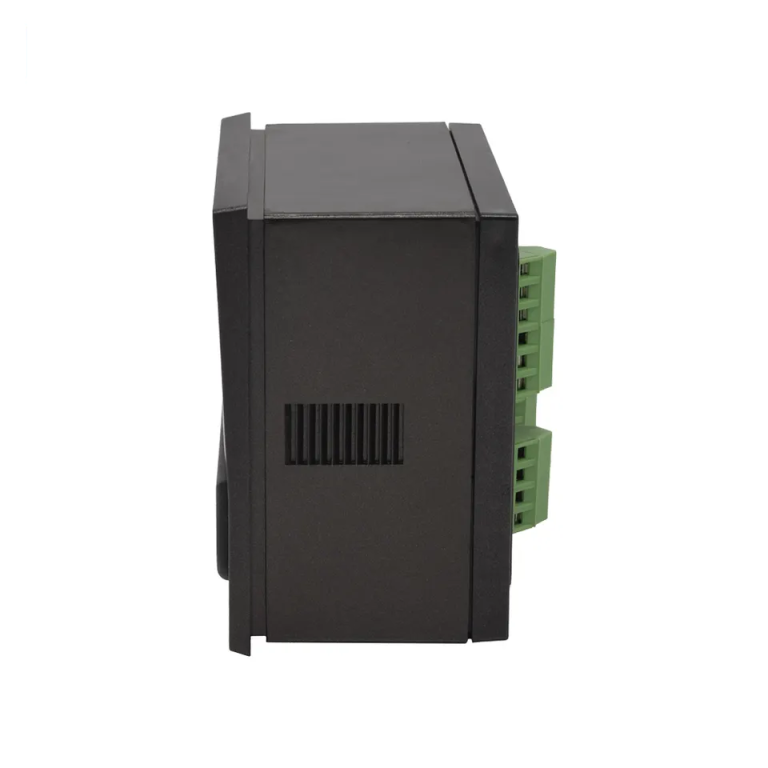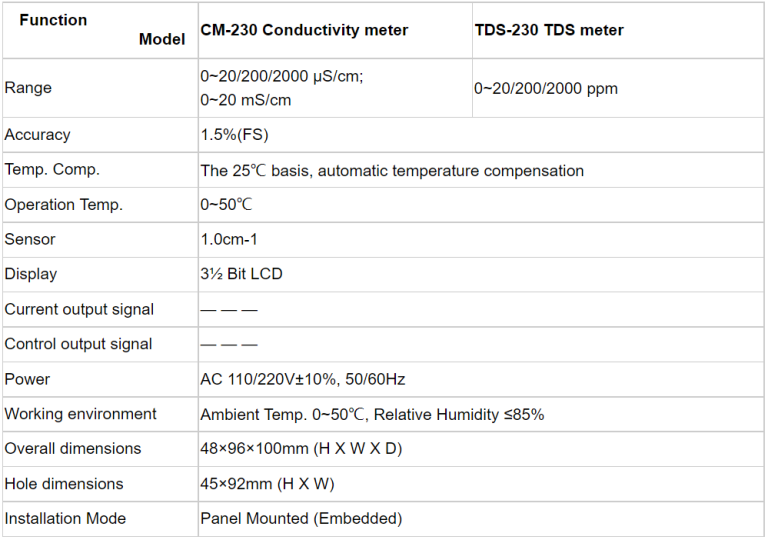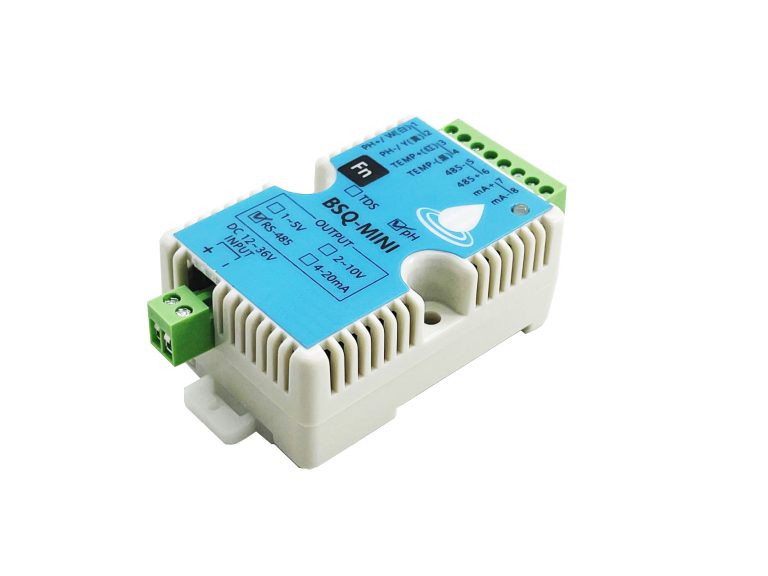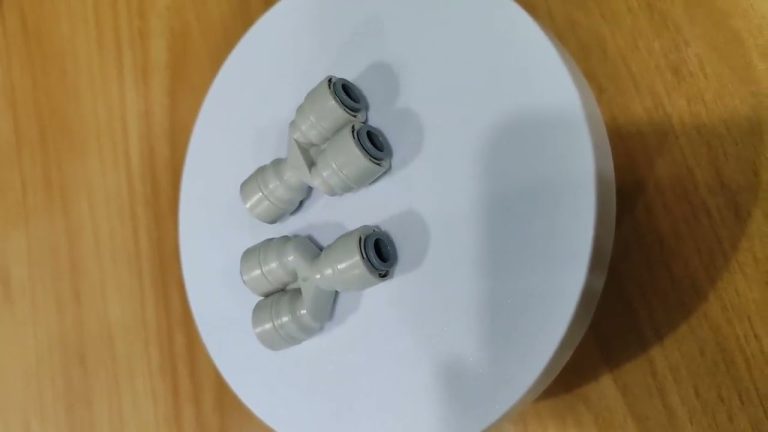“Transforming Soft Water into Perfect Balance.”
Effective Methods to Reduce Water Softness in Your Water Softener

Water softeners are a popular solution for homeowners who want to combat the negative effects of hard water. However, there may be instances where you find that your water softener is making your water too soft. This can lead to a range of issues, including a slippery feel, excessive soap usage, and even potential health concerns. Fortunately, there are several effective methods you can employ to reduce the softness of your water and achieve a more balanced result.
One of the most straightforward ways to make your water softener less soft is to adjust the regeneration cycle. The regeneration cycle is the process by which the water softener cleans and recharges its resin beads. By increasing the frequency of the regeneration cycle, you can reduce the amount of time the resin beads spend in contact with the brine solution, resulting in less softening of the water. However, it’s important to note that increasing the regeneration cycle frequency may also increase water and salt consumption, so it’s crucial to find the right balance.
Another method to reduce water softness is to decrease the salt dosage. Salt is an essential component of the water softening process, as it helps regenerate the resin beads. However, if you find that your water is excessively soft, it may be worth considering reducing the amount of salt you add to your water softener. This can be achieved by adjusting the salt dosage settings on your water softener or by manually reducing the amount of salt you add during each regeneration cycle. It’s important to note that reducing the salt dosage too much can compromise the effectiveness of the water softener, so it’s crucial to find the right balance.
| Model | Central tube | Drain | Brine tank connector | Base | Power supply parameters | Maximum power | Pressure parameters | Operating temperature |
| 9500 | 1.9″(1.5″) O.D. | 1″NPTF | 3/8″& 1/2″ | 4″-8UN | 24v,110v,220v-50Hz,60Hz | 8.9W | 2.1MPa | 1℃-43℃ |
| 0.14-0.84MPa |
In addition to adjusting the regeneration cycle and salt dosage, you can also consider using a bypass valve. A bypass valve allows you to divert water around the water softener, effectively bypassing the softening process. By using a bypass valve, you can selectively soften or bypass the water depending on your needs. This can be particularly useful if you have certain appliances or fixtures that require less soft water, such as outdoor faucets or toilets. By using a bypass valve, you can achieve a more balanced water softness throughout your home.
Furthermore, you may want to consider installing a dual-tank water softener system. Unlike traditional single-tank systems, dual-tank systems have two resin tanks that alternate during the regeneration process. This means that while one tank is regenerating, the other tank is still softening the water. By using a dual-tank system, you can ensure a continuous supply of moderately softened water, reducing the risk of excessively soft water. However, it’s important to note that dual-tank systems can be more expensive and require more space, so it’s crucial to consider your specific needs and budget before making a decision.
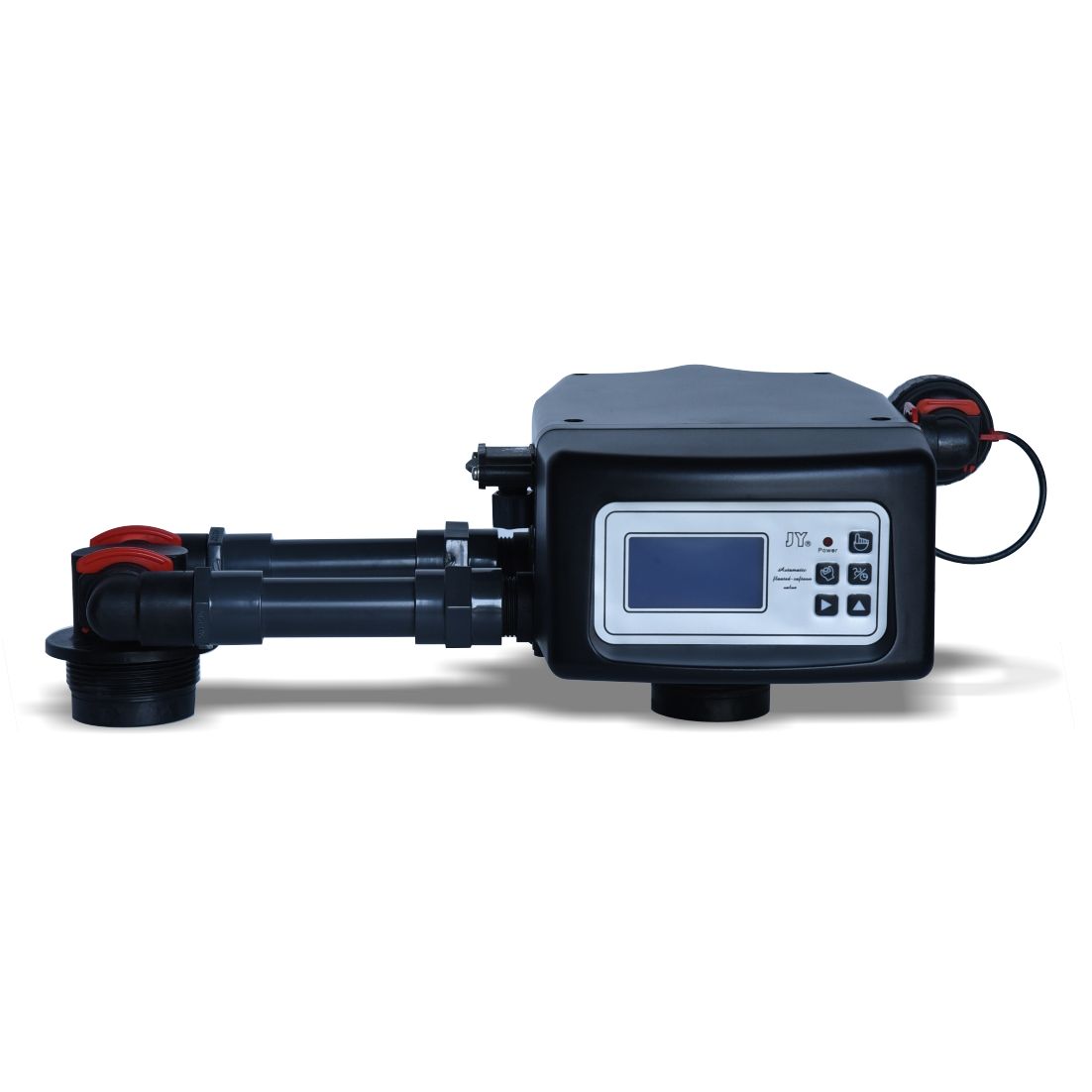
In conclusion, if you find that your water softener is making your water too soft, there are several effective methods you can employ to reduce water softness. By adjusting the regeneration cycle, decreasing the salt dosage, using a bypass valve, or installing a dual-tank system, you can achieve a more balanced water softness throughout your home. It’s important to find the right balance and consider your specific needs and budget when implementing these methods. With the right approach, you can enjoy the benefits of softened water without the drawbacks of excessive softness.

